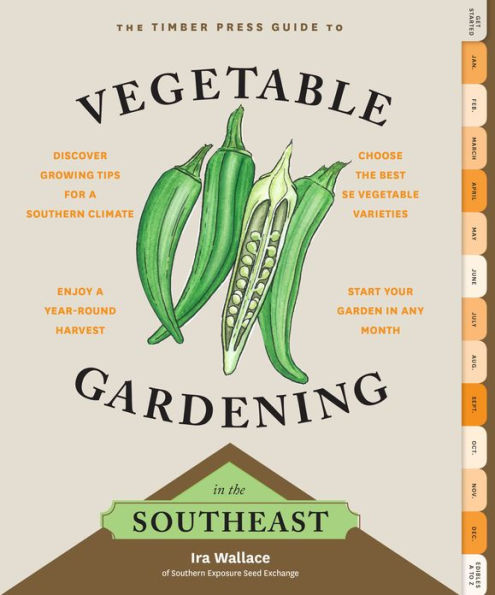5
1

The Timber Press Guide to Vegetable Gardening in the Southeast
216
The Timber Press Guide to Vegetable Gardening in the Southeast
216Paperback
$22.99
$24.99
Save 8%
Current price is $22.99, Original price is $24.99. You Save 8%.
22.99
In Stock

Product Details
| ISBN-13: | 9781604693713 |
|---|---|
| Publisher: | Timber Press, Incorporated |
| Publication date: | 12/31/2013 |
| Series: | Regional Vegetable Gardening Series |
| Pages: | 216 |
| Sales rank: | 391,126 |
| Product dimensions: | 7.40(w) x 8.90(h) x 0.80(d) |
About the Author
From the B&N Reads Blog












